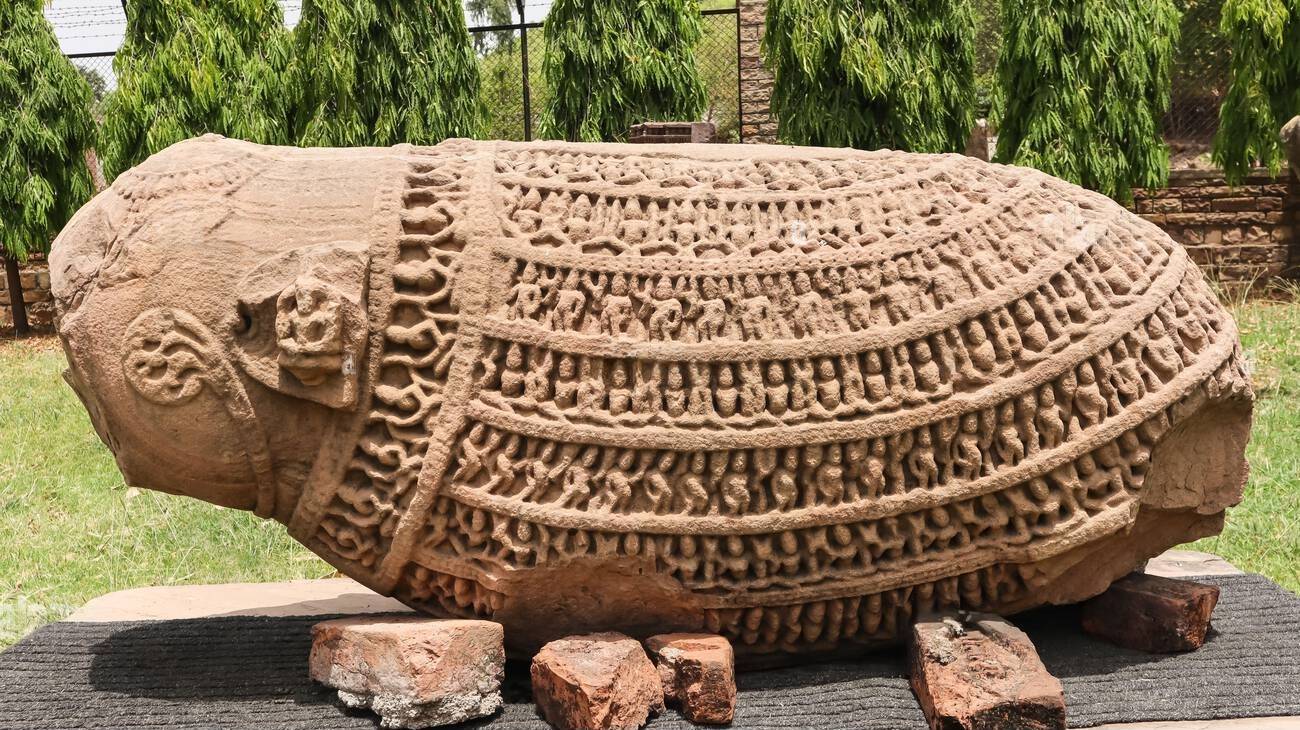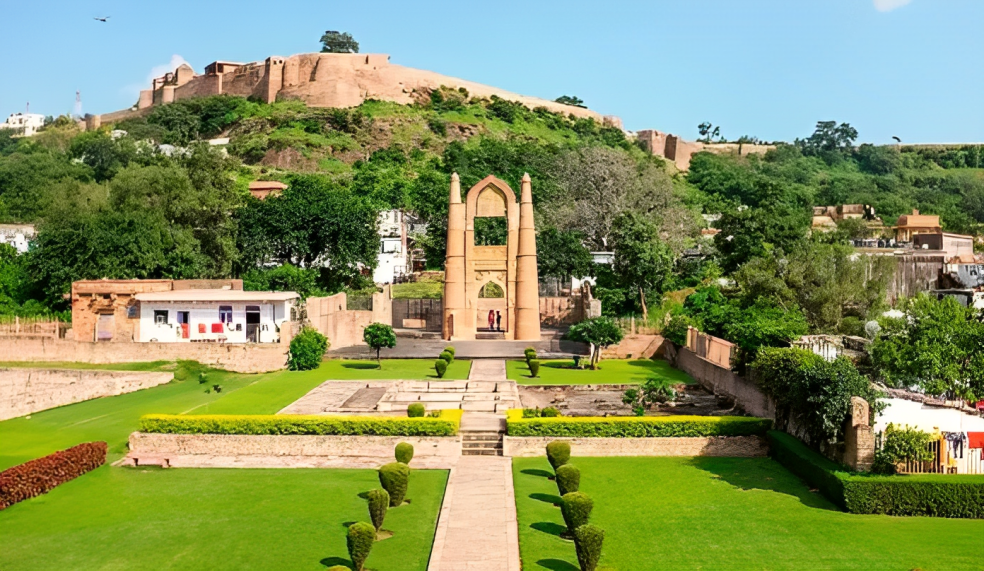Chanderi is a town with a rich and storied history that spans centuries, with its origins tracing back to ancient times. The town’s history is marked by the rise and fall of various dynasties, each leaving its imprint on Chanderi’s architecture, culture, and heritage.


Ancient and Medieval Periods
Chanderi’s history dates back to ancient times, with archaeological evidence suggesting habitation during the Gondwana era. In the medieval period, Chanderi was under the rule of the Rajputs, and it gained prominence as a fortified city due to its strategic location. The town changed hands between various Rajput clans, including the Bundelas and the Tomars.
Mughal and Malwa Sultanate Periods
Chanderi’s significance increased during the Mughal era. It was ruled by Babur in the early 16th century and became a part of the Mughal Empire. The Mughals recognized its military importance and made efforts to strengthen its fortifications. Akbar, in particular, showed interest in Chanderi’s development.
Mughal and Malwa Sultanate Periods
Chanderi’s significance increased during the Mughal era. It was ruled by Babur in the early 16th century and became a part of the Mughal Empire. The Mughals recognized its military importance and made efforts to strengthen its fortifications. Akbar, in particular, showed interest in Chanderi’s development.
During the reign of Sher Shah Suri, Chanderi briefly fell under the control of the Sur dynasty. Later, during the Malwa Sultanate, Chanderi was ruled by Mahmud Khilji. He constructed several architectural wonders, including the Koshak Mahal, which stands as a testament to his reign.
Bundela Dynasty and Maratha Period
Chanderi saw further dynastic shifts when it came under the control of the Bundela Rajputs. The Bundelas played a significant role in the town’s history, making contributions to its architecture and culture. Chanderi’s fortifications were strengthened during this period, reflecting its importance as a military stronghold.
In the 18th century, Chanderi came under the influence of the Maratha Empire. The Marathas added their own influence to the town’s heritage, and Chanderi became a center of trade and commerce.
Modern Era
Chanderi’s importance continued through the colonial period. During British rule, it was a princely state under the Bundela rulers. The town contributed to the Indian struggle for independence and witnessed various social and political changes.
Today, Chanderi is renowned not only for its historical significance but also for its traditional handwoven textiles, particularly the exquisite Chanderi sarees and fabrics that are sought after across the country.
Chanderi’s history is a tapestry woven with the threads of various dynasties, rulers, and cultures. The town’s architecture, monuments, and cultural heritage tell the story of its evolution through the ages, making it a captivating destination for history enthusiasts and travelers alike.



